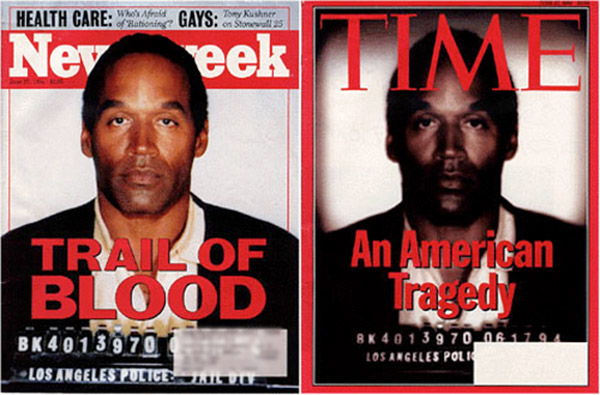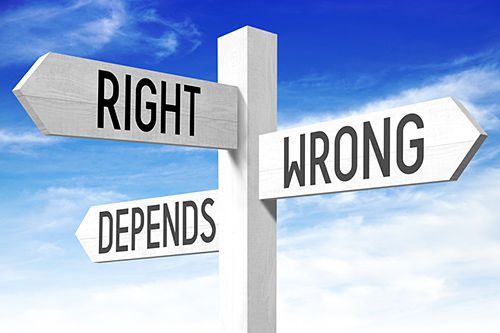Nicholas Snider
sniderwx@gmail.com
Back in 2019 during the March for Life, a viral video arose from Twitter. This video showed a Catholic high school student Nick Sandmann, wearing a MAGA hat, and smirking at a Native American elder. The elder was banging a drum and chanting right up next to Sandman. Initially, the reaction was swift, with Sandmann being portrayed as a racist for the arrogant look on his face while the drum was being banged. Many news outlets ran with that story, resulting in threats to both Sandmann and Covington Catholic High School. However, that short video failed to tell the whole story. Eventually, an almost 2-hour long video surfaced, showing events leading up to the altercation. In the clip, it showed the students being berated by a group of protestors from a different march. The students decided to sing school chants, drowning out the noise leading up to those events. Sandmann claims he was trying to defuse the situation, while Phillips, the Native elder, defends his position.
Ian Bogost, a writer for The Atlantic, describes how neither video will ever tell the whole story. in his piece Stop Trusting Viral Videos, He states "About a century ago, the Soviet formalist filmmaker Lev Kuleshov conducted a series of experiments with filmic montage. In the most famous one, he edited a short film consisting of short clips of various subjects: an actor’s expressionless face, a bowl of soup, a woman on a couch, a girl in a coffin. The same clips edited into different sequences produced different interpretive results in the viewer." He then goes on to talk about how each video from a different angle may have provoked different responses "Consider a change in framing or editing instead: Had the original clip been shot from the reverse angle, showing Sandmann and his classmates from the back, his MAGA hat visible but not his smirk, the meaning of the situation would have also changed. No longer does the student represent the worst stereotype of white intolerance, but now he becomes a mere prop for Phillips, whose drumming reads as both pacifist in its delivery and reception."
 |
| Picture source: https://www.istockphoto.com/videos/viral-video?phrase=viral%20video&sort=mostpopular |
I agree with what Mr. Bogost is saying here. While Sandmann's testification of it being taken out of context may be partly true, there are many other ways the other groups could've interpreted the situation. The events after the actual altercation were horrible, with unnecessary death threats and smearing of Sandmann's name across media platforms occurred. The Sandmanns eventually ended up winning a lawsuit over the controversy. At the end of the day, journalists and other social media users alike should wait for full details to come out on short clips like this before making judgements. It could end up saving the organization millions of dollars for one, or simply allow the people of our country to become more united from all the current division going on























